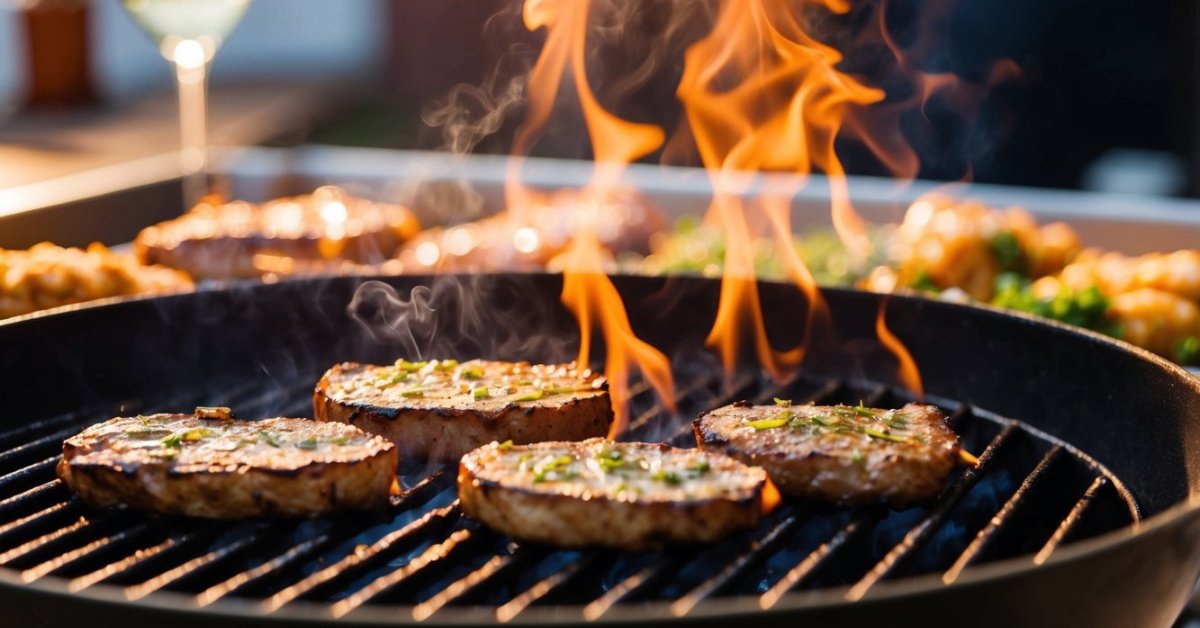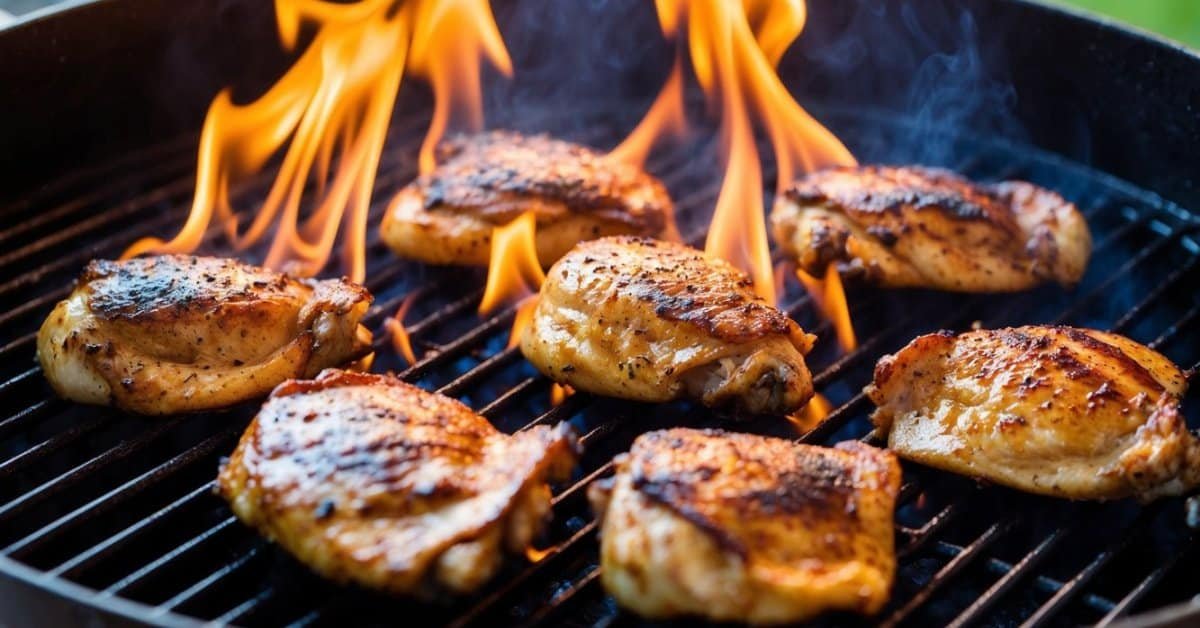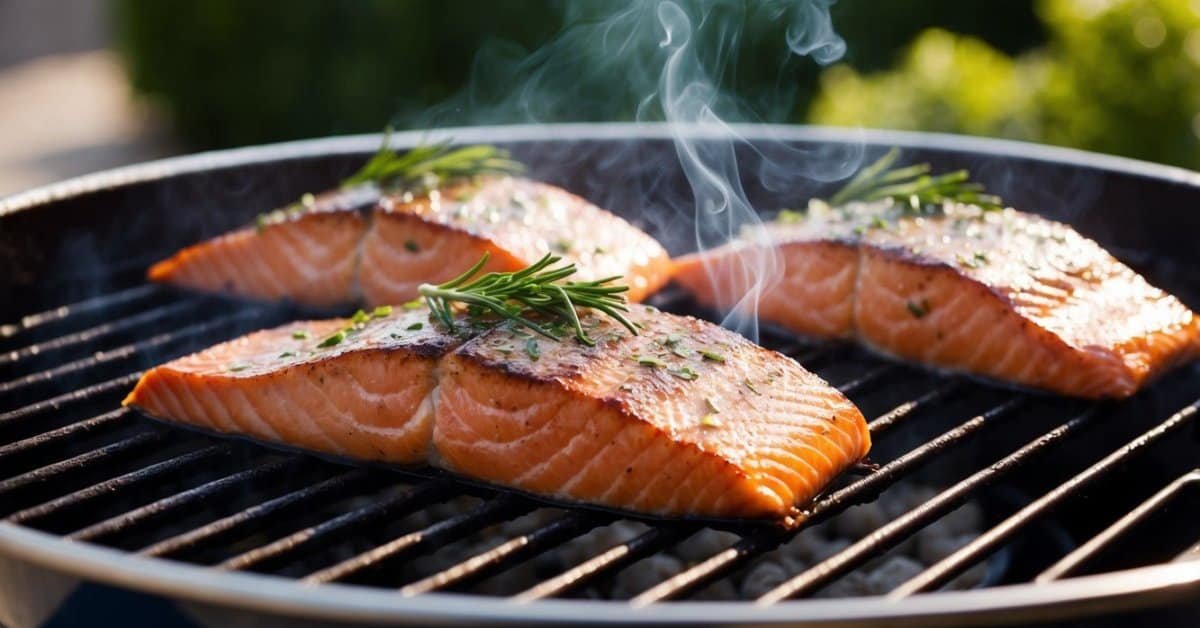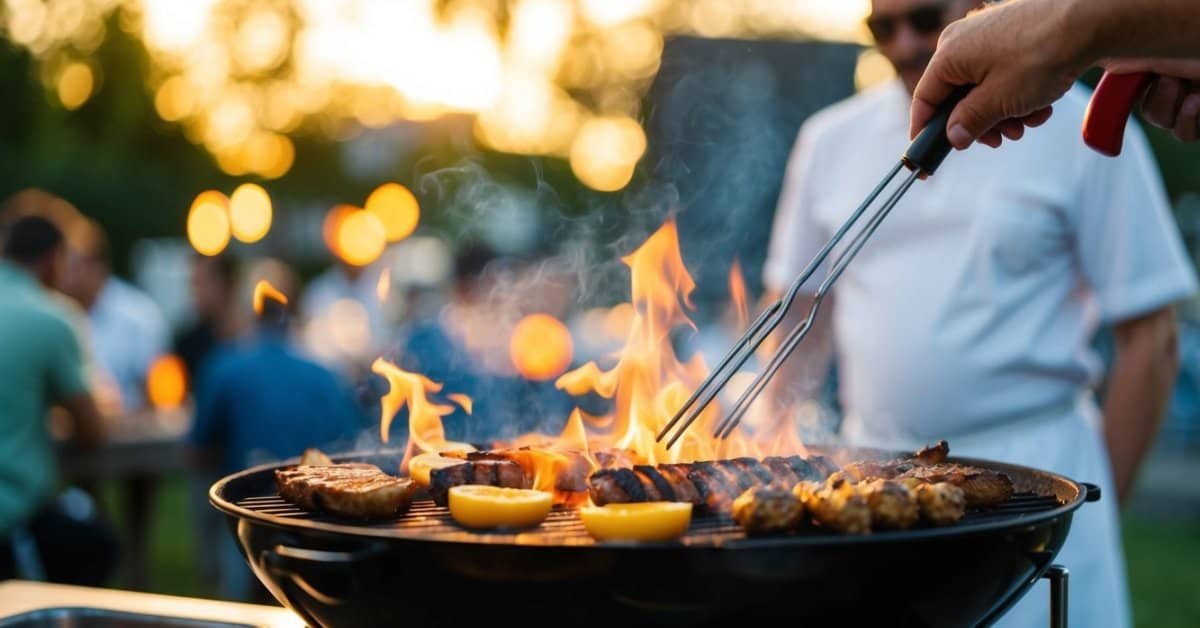Mastering the Art of Perfect Steak Grilling: Tips and Tricks for Newbie Grillers
For most grilling enthusiasts, the perfect steak is the holy grail of outdoor cooking. But every once in a while, we all come across a bad steak that leaves us wondering where we went wrong. If you`re new to grilling and barbecues, don’t worry! You can still master the art of perfect steak grilling with some basic knowledge and a bit of practice. In this article, we will explore the importance of a good steak, how to identify a bad one, common mistakes that can lead to a bad steak test, tips for preventing mistakes, and how to recover from a bad steak test and improve your grilling skills. So, if you want to impress your family and friends with mouth-watering steaks every time you fire up the grill, keep reading!

Understanding the importance of a good steak.
When it comes to grilling, there’s nothing quite like a perfectly cooked steak. But what happens when you’re faced with a bad steak? The truth is, understanding the importance of a good steak goes far beyond simply enjoying its taste.
A bad steak can ruin an entire meal and leave your guests feeling disappointed. But more than that, it can also be an indicator of poor quality meat or improper cooking techniques. As someone new to grilling and barbecues, it’s important to learn how to identify a good cut of meat and how to cook it properly.
The first step in understanding the importance of a good steak is knowing what makes one stand out from the rest. A high-quality cut should have marbling throughout the meat, which adds flavor and tenderness. Additionally, look for bright red color with no brown spots or discoloration.
When cooking your steak on the grill or barbecue, pay attention to temperature control and timing. Overcooking can result in dryness while undercooking can lead to toughness or even foodborne illness.
But why does all this matter? Because at its core, grilling is about bringing people together over delicious food that they’ll remember for years to come. And nothing brings people together quite like sharing a perfectly cooked piece of meat.
So as you embark on your journey into grilling expertise alongside me -the guy who lives next door-, always remember: never underestimate the importance of choosing quality ingredients and mastering proper technique when creating memorable meals for those around you
How to identify a bad steak?
As a grilling enthusiast, there is nothing more disappointing than biting into a bad steak. But how can you identify a bad steak before it’s too late?
First and foremost, trust your senses. Your nose will often be the first to detect something off about the meat. If it smells sour or rancid, that is a clear sign of spoilage and you should avoid cooking or consuming it.
Next, look for discoloration or unusual texture on the surface of the meat. A brownish-gray color or slimy film are signs that bacteria have started to grow on the steak.
When selecting steaks at the market, pay attention to their marbling – those white streaks of fat running through them – as well as their age and grade (prime being highest quality). These factors can impact not only flavor but also tenderness.
Finally, if all else fails and you’re still unsure whether your steak is good or bad after cooking it to perfection on your barbecue grill , take one small bite before committing yourself fully in order not have an upset stomach during family barbecue night!
In short: trust your senses when evaluating steaks for grilling purposes; examine appearance carefully while shopping; consider marbling/age/grade qualities; test with small bites if necessary!
Common mistakes that can lead to a bad steak taste.
Grilling a steak is an art form that requires precision and attention to detail. Unfortunately, many grilling enthusiasts make common mistakes that can lead to a bad steak test. As someone who has mastered the art of grilling, let me share some tips with you on how to avoid these pitfalls.
One of the biggest mistakes people make when grilling steaks is not letting them come up to room temperature before cooking. This can result in uneven cooking and tough meat. Another mistake is using too much seasoning or marinating for too long, which can overpower the natural flavor of the meat.
Another common error is not preheating your grill properly before placing your steaks on it. A hot grill ensures that your steak will have those beautiful sear marks and cook evenly throughout.
But perhaps one of the most crucial mistakes people make when testing their steaks is not allowing them enough time to rest after taking them off the heat source. Resting allows all those delicious juices inside the meat to redistribute evenly throughout it rather than running out onto your plate as soon as you cut into it.
Remember, practice makes perfect! Keep these tips in mind next time you fire up your grill and soon enough you’ll be known among friends as “the guy/gal who makes amazing grilled steaks.”
Tips for preventing a bad steak taste.
For those new to grilling and barbecues, nothing is more disheartening than a bad steak test. Fortunately, there are some tips you can follow to ensure that your meat comes out perfect every time.

« how to remove a propane tank from a grill
how to tell if a turkey is bad »
Firstly, make sure you start with high-quality meat. This means opting for cuts that are well-marbled and have plenty of fat content. Not only does this add flavor to the meat but also keeps it moist during cooking.
Another crucial step is preheating your grill or barbecue before placing the steaks on it. This ensures even heat distribution which results in properly cooked meats without overcooking or burning them.
Once you’ve placed the steaks on the grill or barbecue, avoid constantly flipping them as this disrupts their cooking process leading to uneven doneness and tough textures.
Using a thermometer is also important in gauging when your steak has reached its desired level of doneness whether rare, medium-rare, medium-well or well-done. Different types of meats may require different internal temperatures so be sure to do some research beforehand.
By following these simple tips from an expert griller like myself with years of experience under his belt , anyone can prevent a bad steak test and achieve perfectly grilled steaks every time!
How can I recover from a bad steak test and improve my grilling skills?
Recovering from a bad steak test can feel like an insurmountable challenge, but fear not, grilling enthusiasts! With a few simple techniques and tweaks to your grilling process, you can turn that disappointing meal into a delicious success.
Firstly, it’s important to identify what went wrong with your previous attempt. Was the steak overcooked? Underseasoned? Did you forget to let it rest before slicing into it? Once you know where the problem lies, you can start addressing it.
If the issue was overcooking, try adjusting your grill temperature or reducing cooking time. For underseasoning or lack of flavor in general, experiment with different marinades or rubs. And if resting was the problem (which is often overlooked!), make sure to take the time for this crucial step next time around.
Another tip is to invest in quality cuts of meat – while cheaper options may seem tempting at first glance, they often require more effort and skill on the grill. Look for marbling and choose thicker cuts that will hold up well during cooking.
In addition to these practical tips for improving your grilling skills after a bad steak test experience comes something equally important: confidence! Don’t let one misstep discourage you from continuing on as an enthusiastic backyard chef – embrace mistakes as learning opportunities and keep experimenting until you find what works best for YOU!

So there you have it – recovering from a bad steak test isn’t impossible after all! Armed with these tips and tricks (and maybe some friendly advice from expert-griller-neighbor), get back out there on that grill confident in knowing YOU’VE got this.
Conclusion
Well, that’s all for the bad steak test! By now you should understand the importance of a good steak and have some tips on how to identify one. Hopefully this article has also provided you with practical methods to prevent and recover from a bad steak test so that your grilling skills can be absolutely top-notch. Now it’s time for you to put what we’ve discussed into practice – happy grilling!














